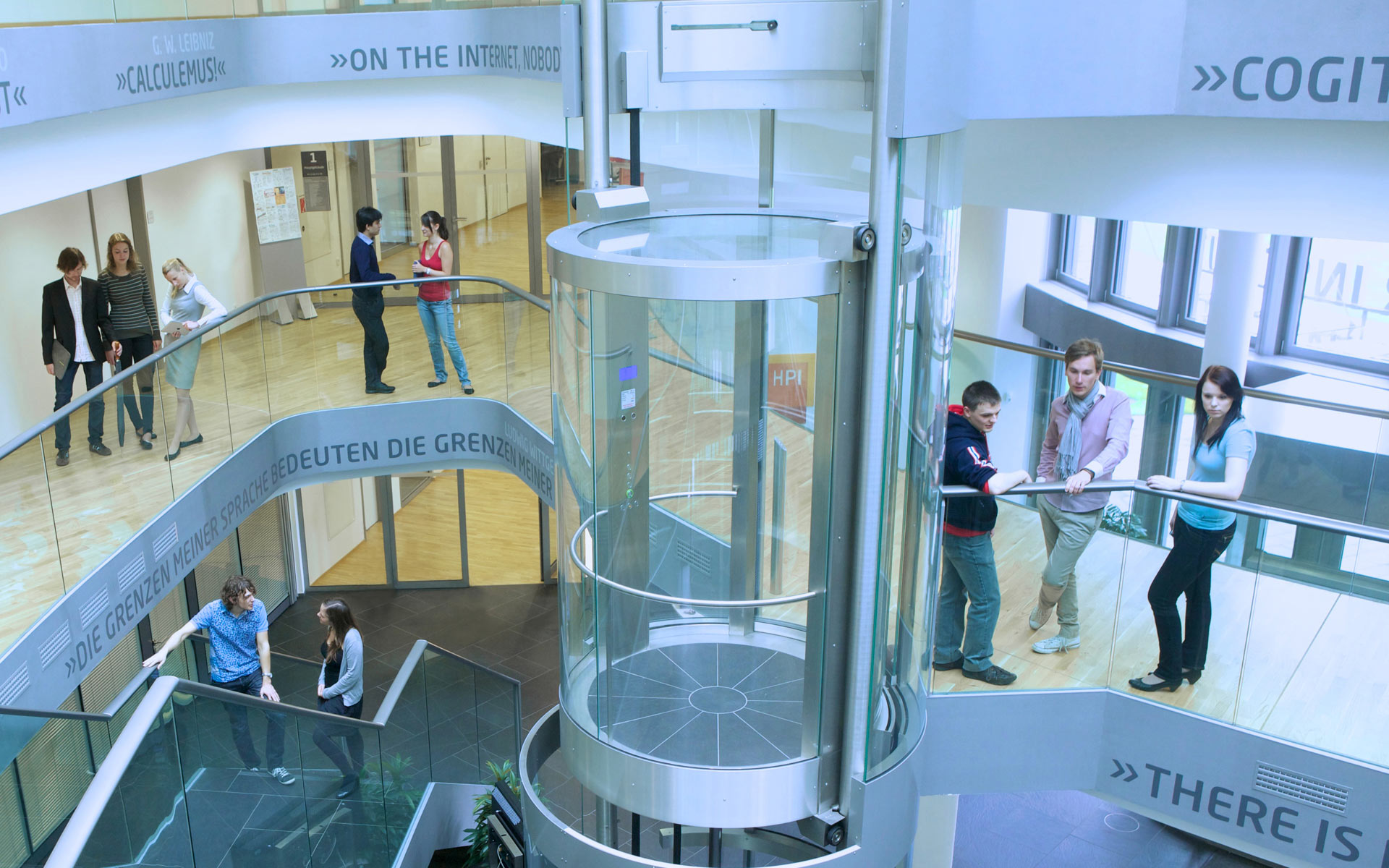This paper presents a rendering framework for the visualization of massive point datasets in the web. It includes highly interactive point rendering, cluster visualization, basic interaction methods, and importance-based labeling, while being available for both mobile and desktop browsers. The rendering style is customizable, as shown in figure 1. Our evaluation indicates that the framework facilitates interactive visualization of tens of millions of raw data points even without dynamic filtering or aggregation.

